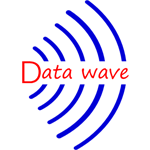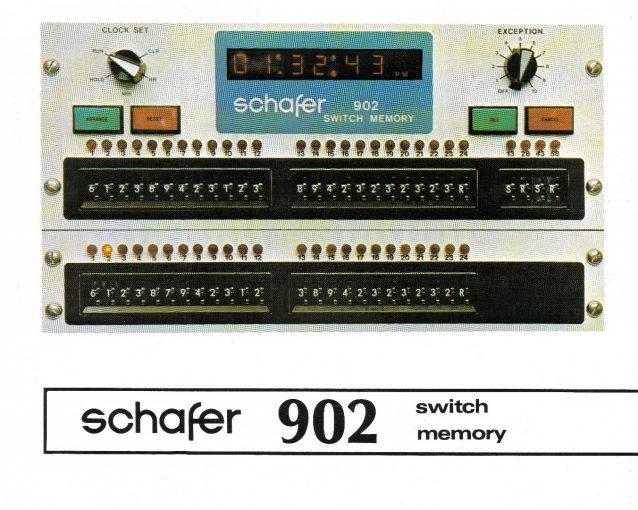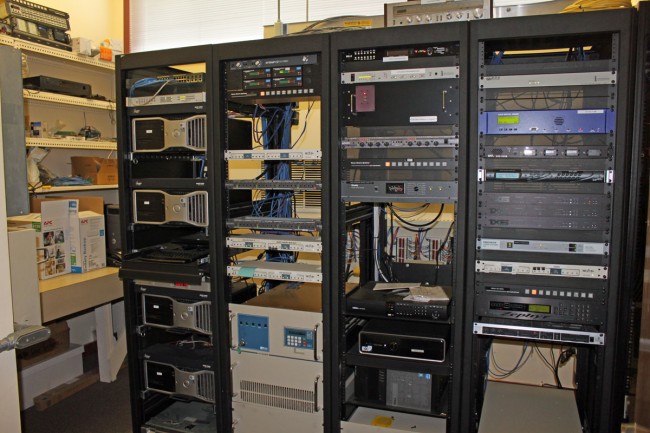Radio Automation Systems are nothing new under the sun. As Marconi tapped out his famous S, he was likely thinking “We should get a machine to do this…”
Broadcast stations have been installing different types of automation since the mid-1950s and early 1960s. It was touted as a way to free up announcers so they could do more important things.
While cleaning out an old studio/transmitter building and getting things ready for demolition, I found a stash of old product brochures for various automation systems from the 60s, 70s, and 80s. It looks like the previous owner used to go to the NAB every year. How many radio guys got their start on the overnight shift changing out reels? I know a few.
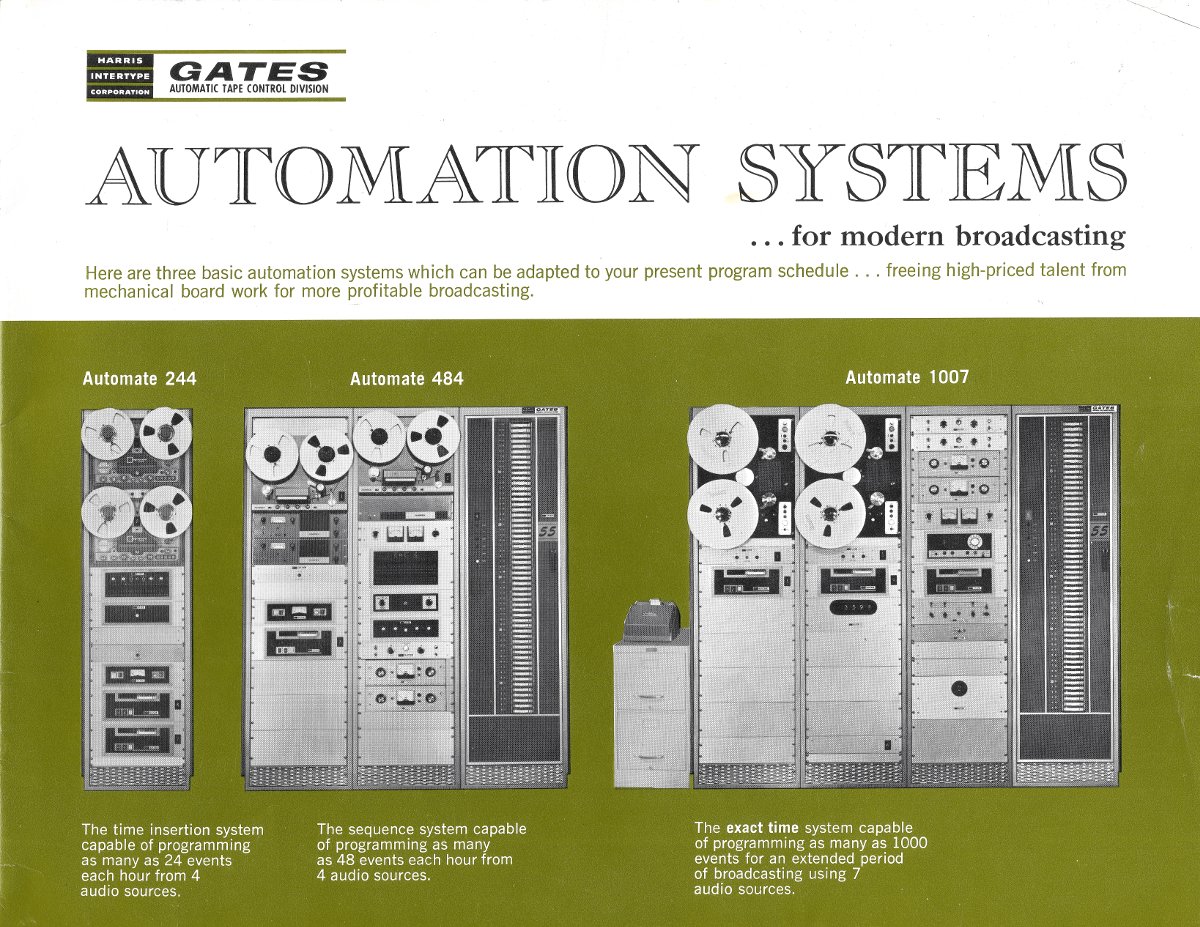
The Gates Radio Corporation had a fairly standard reel-to-reel system in three different configurations. These systems were pretty pricey in their day. According to the 1966 price list:
- The Automate 244 cost $7,275.00 ($58,837.00 in 2020)
- The Automate 484 cost $12,210.00 ($102,946.00 in 2020)
- The Automate 1007 cost $17,150.00 ($138,799.00 in 2020)
Those are for stereo systems, mono systems cost about $500.00 less. Each one of those systems ran one station.
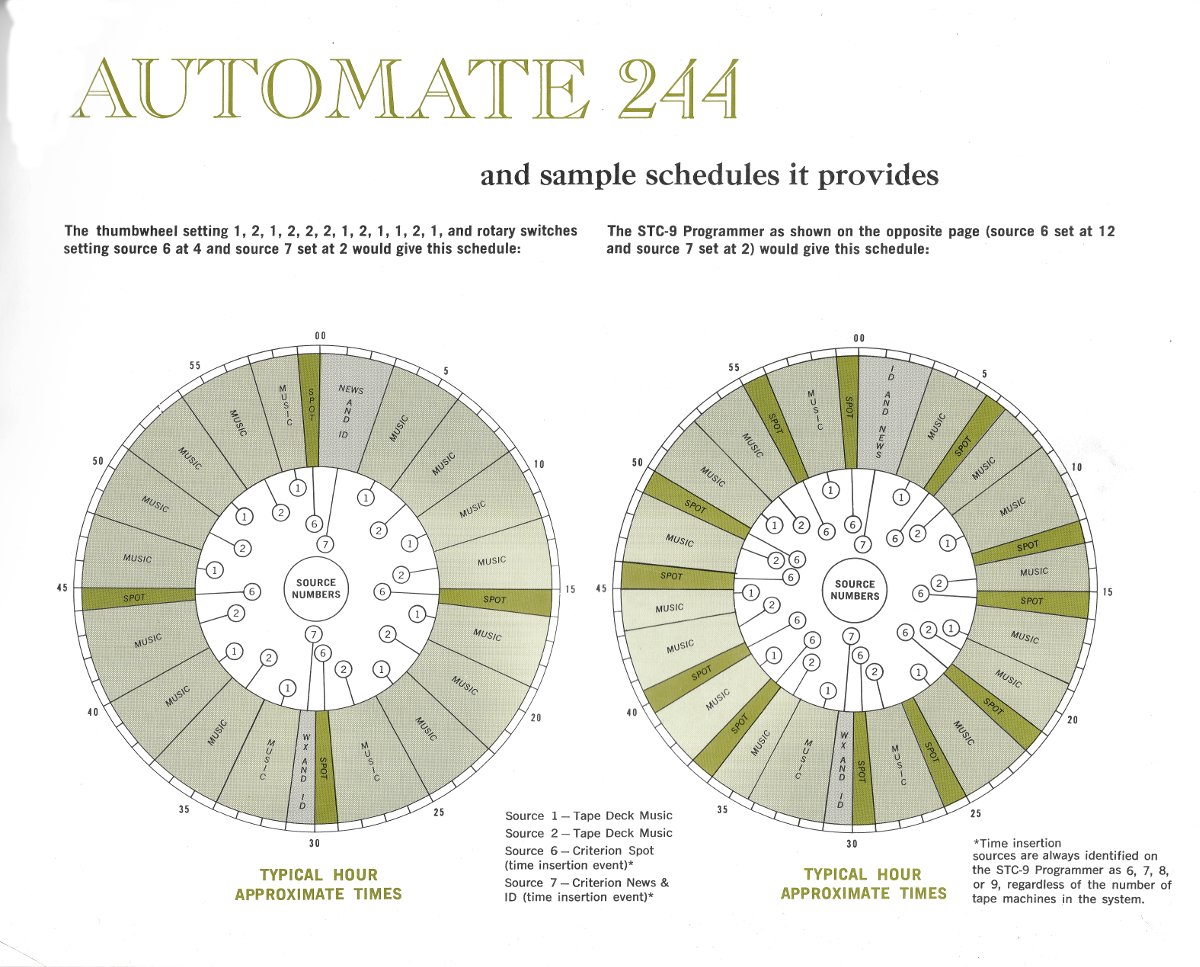
The larger the system, the more events it could trigger. I have never run into one of these in the wild.
Long-form satellite shows began to surface in the early 1980s. Things like all news formats and overnight talk shows. I have had nightmares where everyone walks around saying “This is Larry King, you’re on…” while UFOs fly overhead and next-door neighbor, Jim Hightower, buries PCBs in his backyard not more than 200 feet from his house.
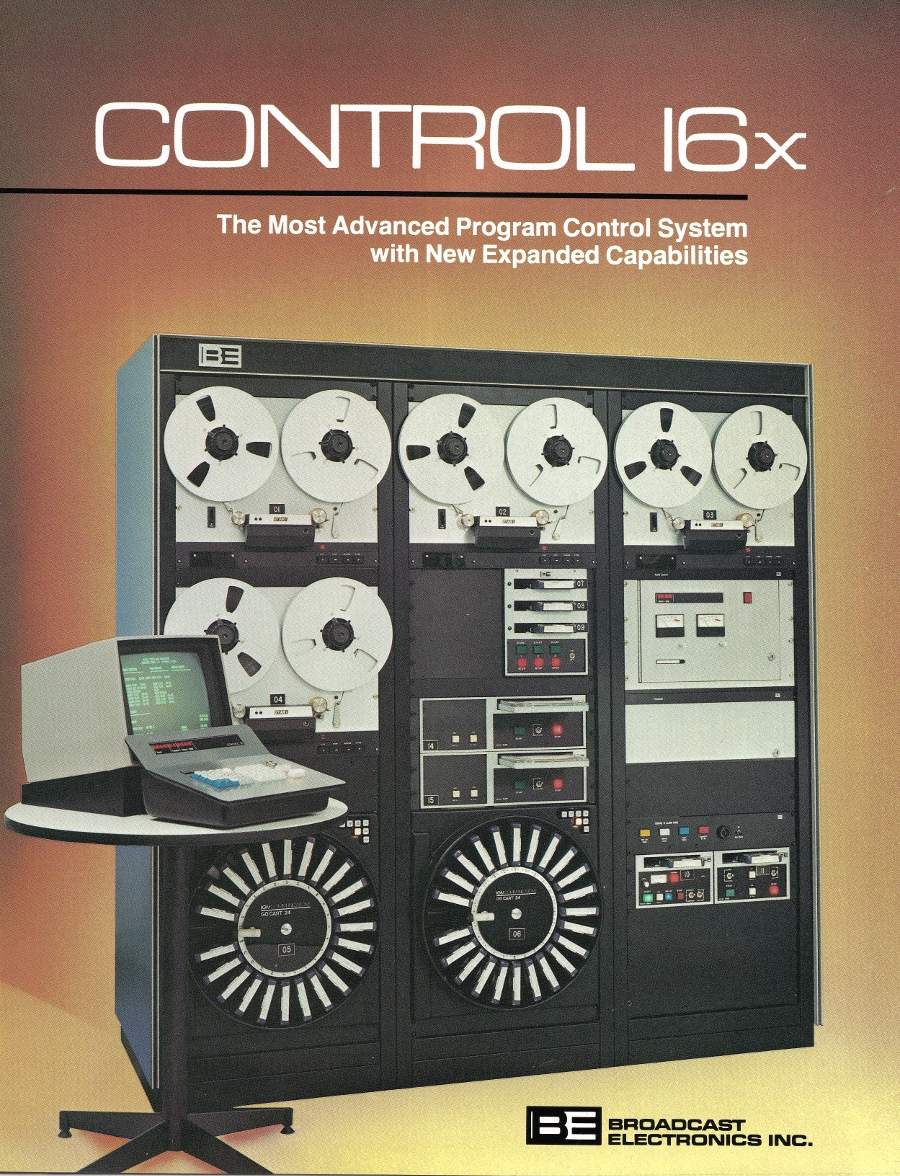
Broadcast Electronics had the Control 16 system in the 1980s that ran off of a very basic computer system that could handle 3,000 events with the standard RAM configuration and up to 9,999 events with additional RAM. This was ideal for multiple program sources; music on reel machines, satellite syndicated talk or music formats, etc. No longer were these machines simply running the overnights.
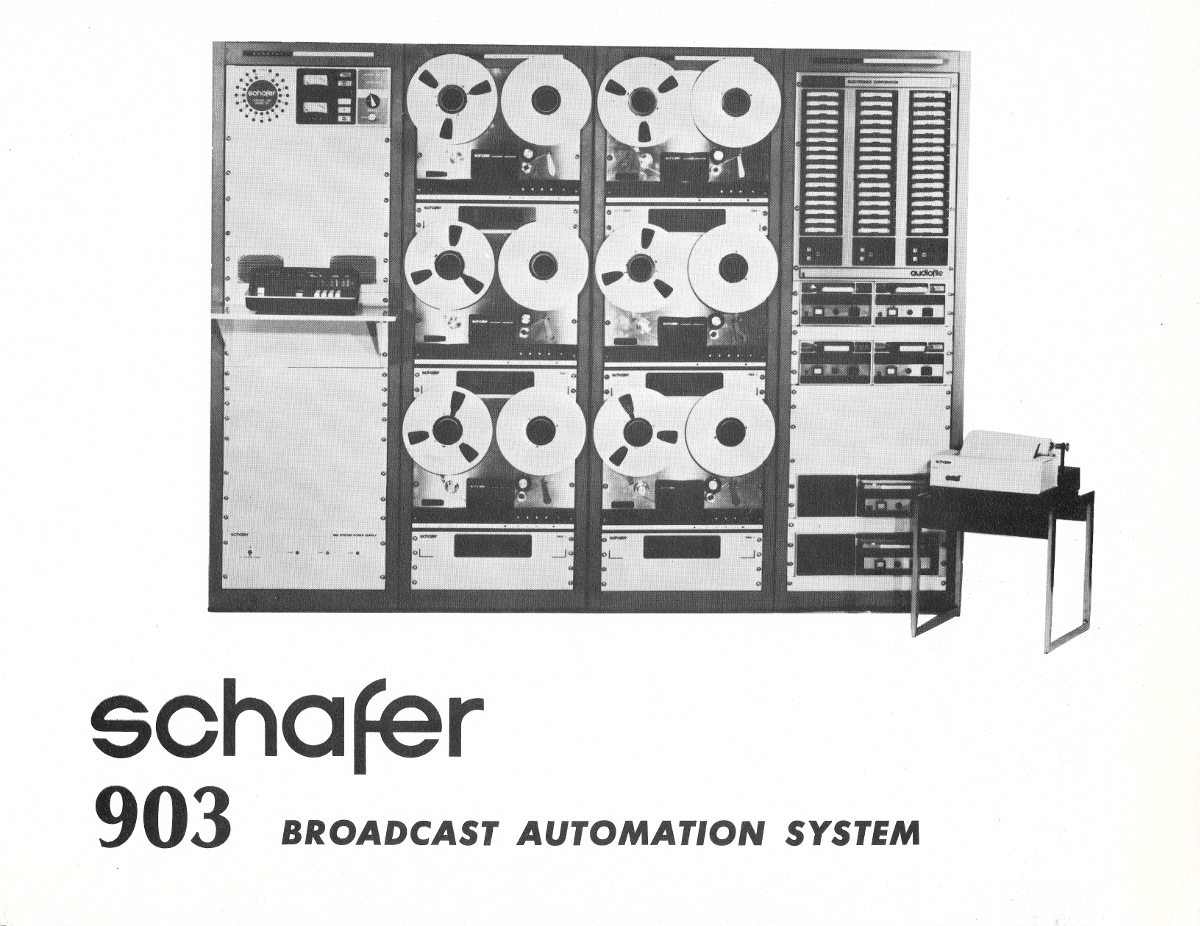
Schafer is perhaps the most known analog tape automation, at least to me. I know of several of these systems that were in operation through the mid 1990s. By this time, long-form satellite music formats had become the rage. However, there were still a few stations using reel-to-reel music services.
I particularly like this flyer from IGM:
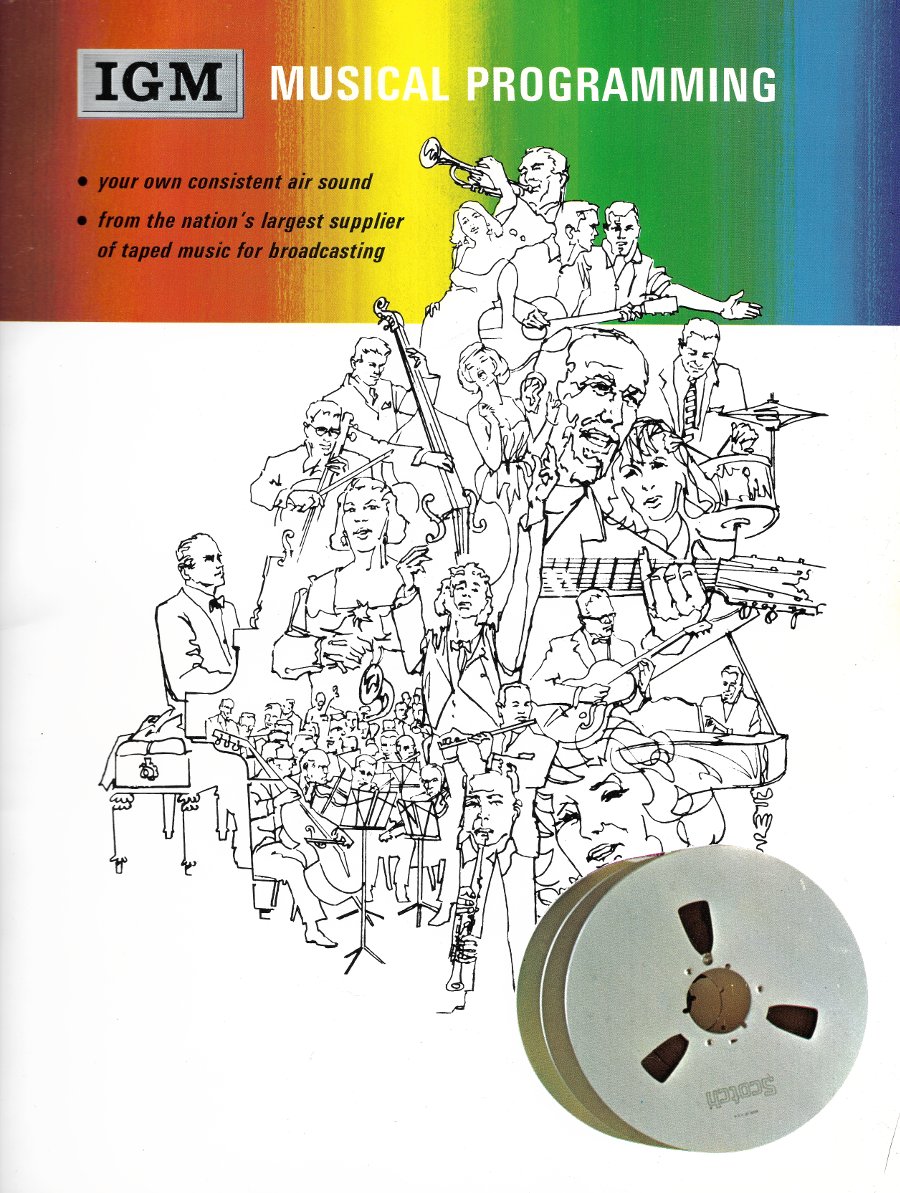
By the mid-1990s, these tired old dinosaurs were being removed. Still, the mechanics of the operation were a thing to behold. It was nice because you could hear the relays snap shut after decoding a 25/35 Hz tone or one of the Mutual Radio be-doops. The cart-o-matic would chug through the break until the liner fired and then back to the bird. If there were any issues, one simply needed to stand there and watch which part of the machine malfunctioned.
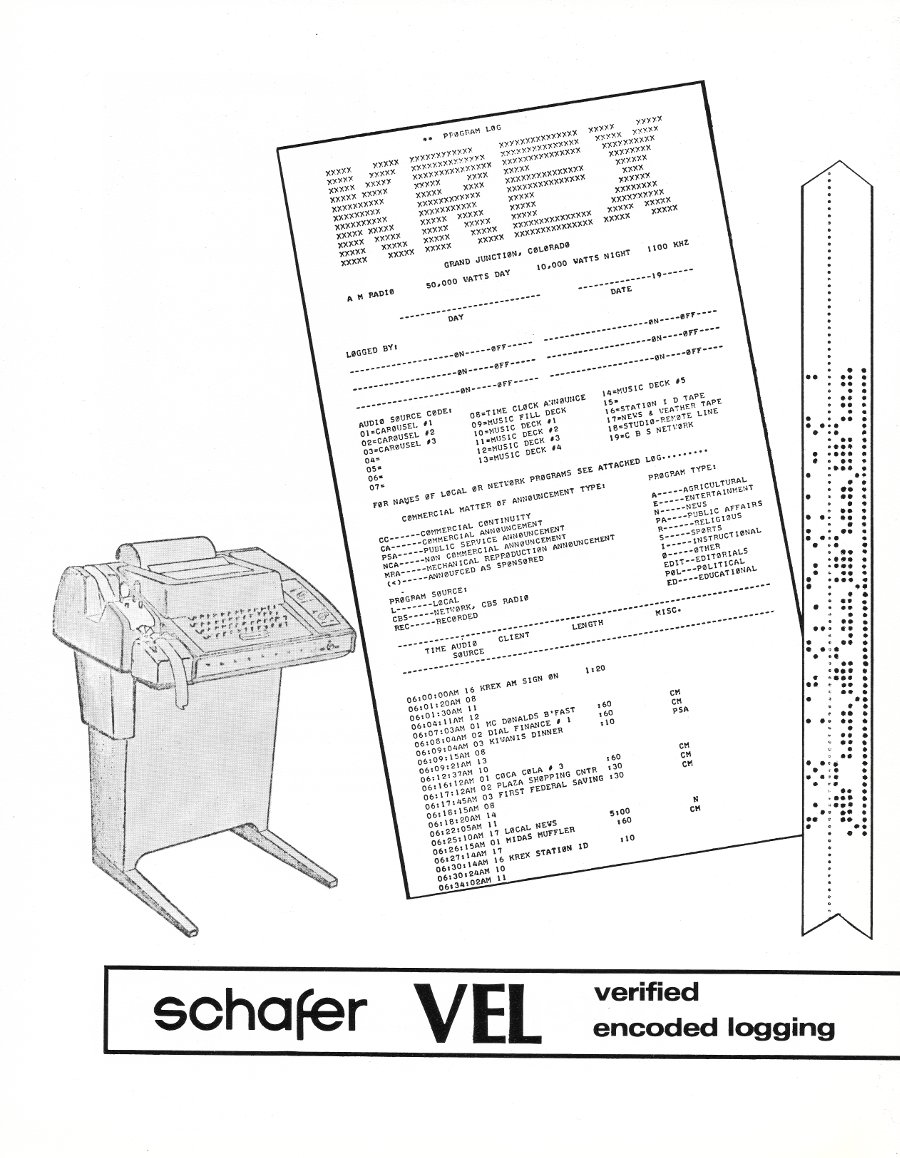
Computer-based systems like Computer Concepts DCS, Arrakis Digilink, and Audio Vault came along, which got rid of the analog tape. Instead, they stored audio on hard drives. In those early systems hard drive space was a premium, so usually, at least 3:1 compression was needed to fit all the commercials onto the drive space available.
My first brush with Audio Vault was in 1994 at WGY in Schenectady, NY. It was a pretty good system if you could understand the .ini files. As the BE tech support guys used to say “You can program it to turn the coffee pot on if you wanted to.”
Nowadays, what used to be a studio location is more akin to a content distribution node. This rack combines music and commercials stored locally on hard drives with out-of-town voice tracks and serves as the program source for eleven radio stations.
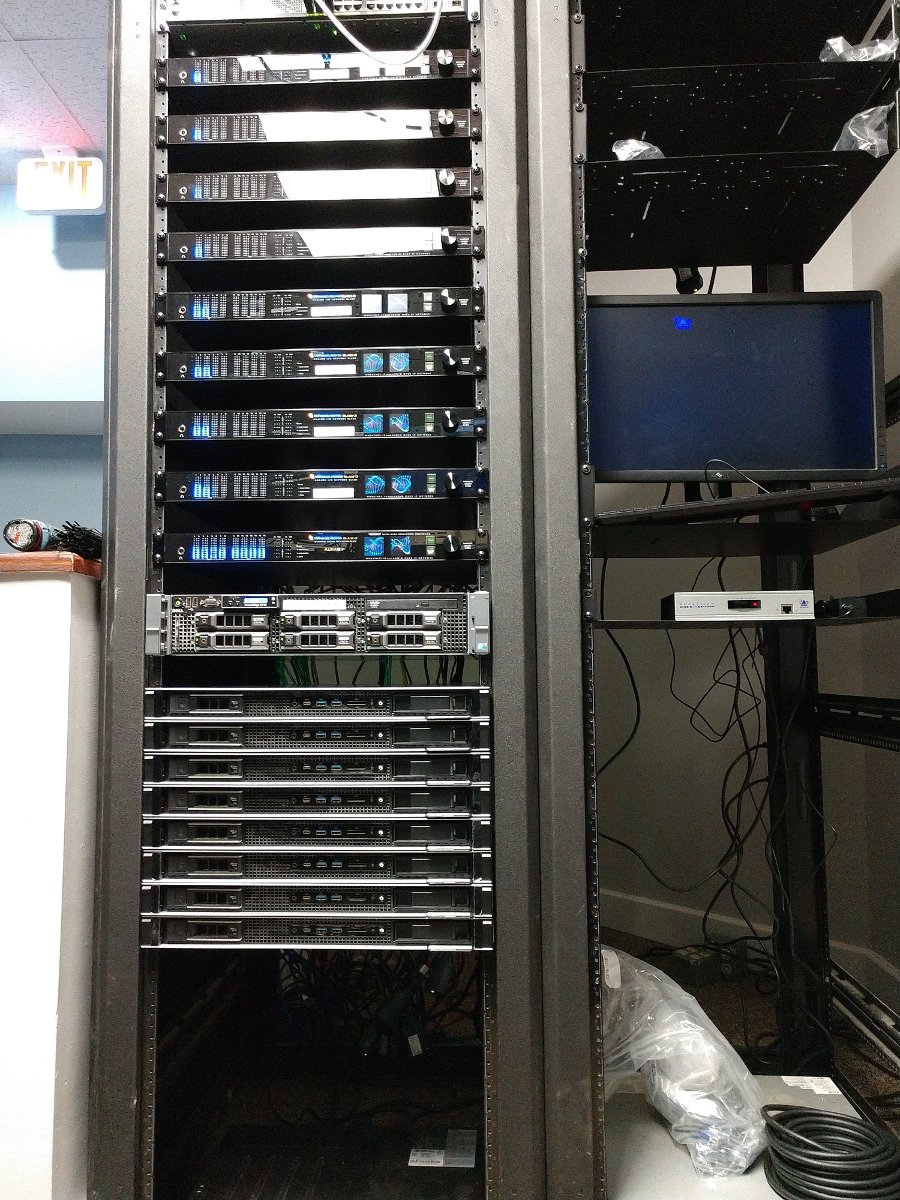
It works remarkably well, as long as the windows operating system stays functional.
